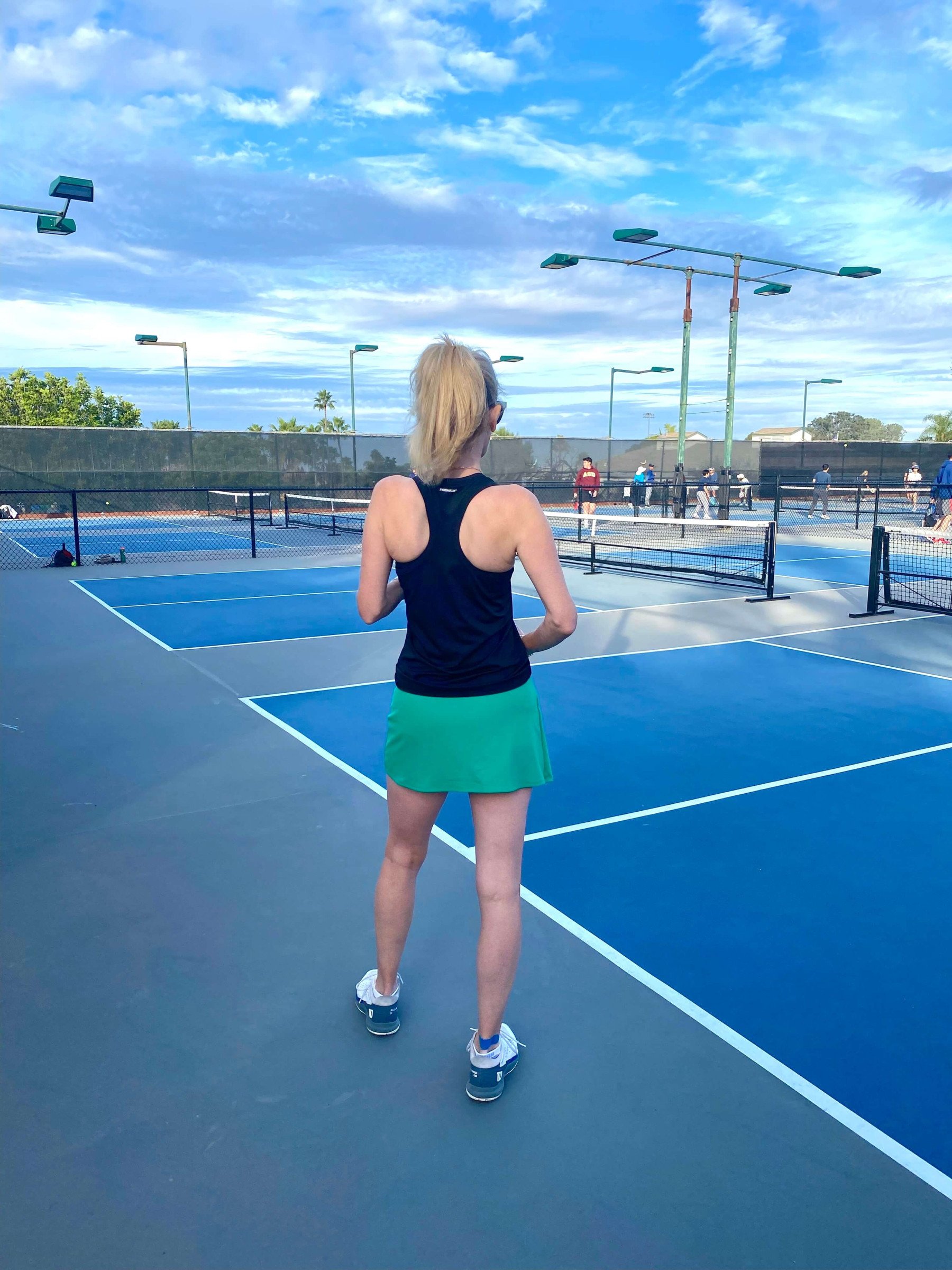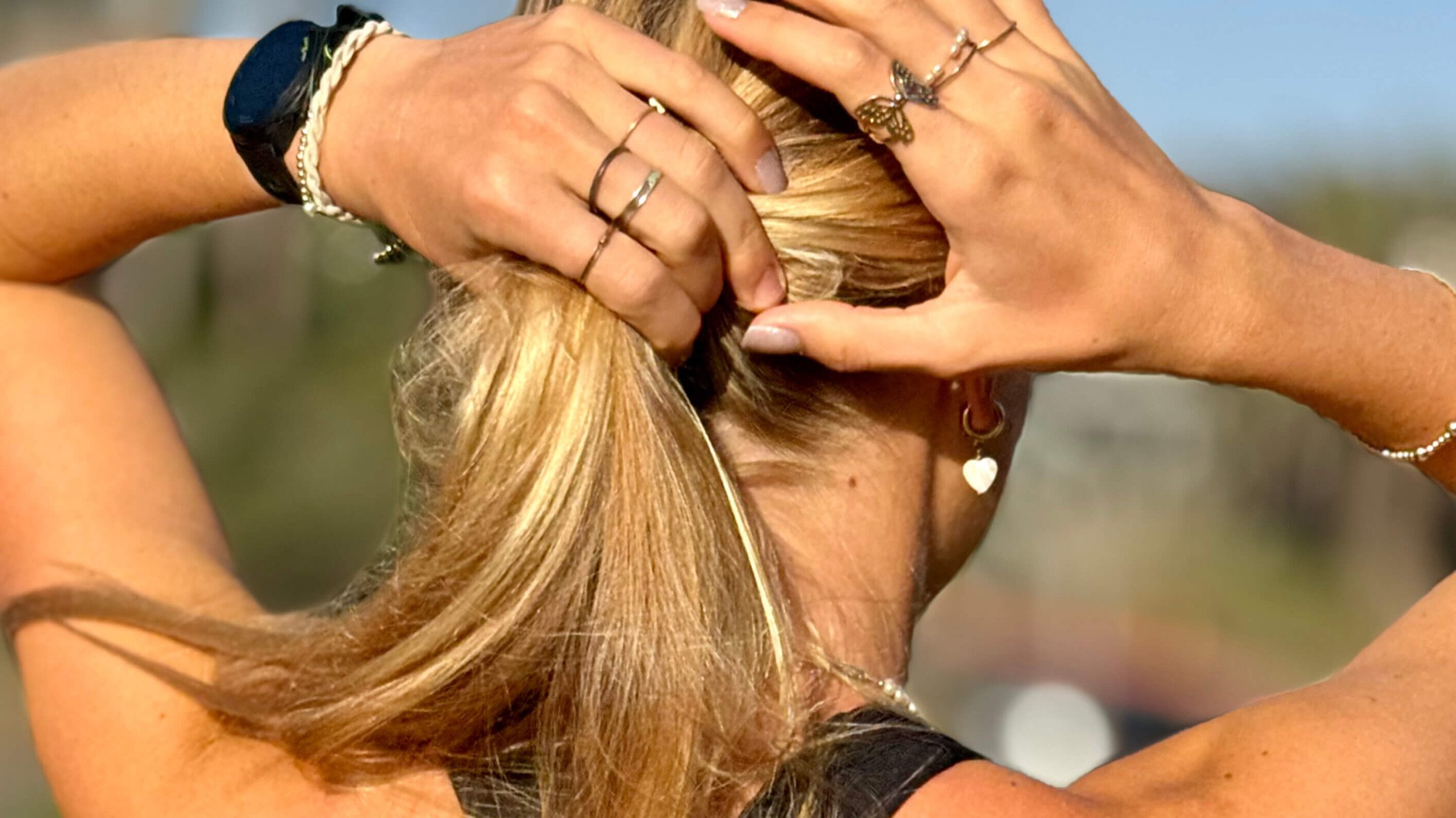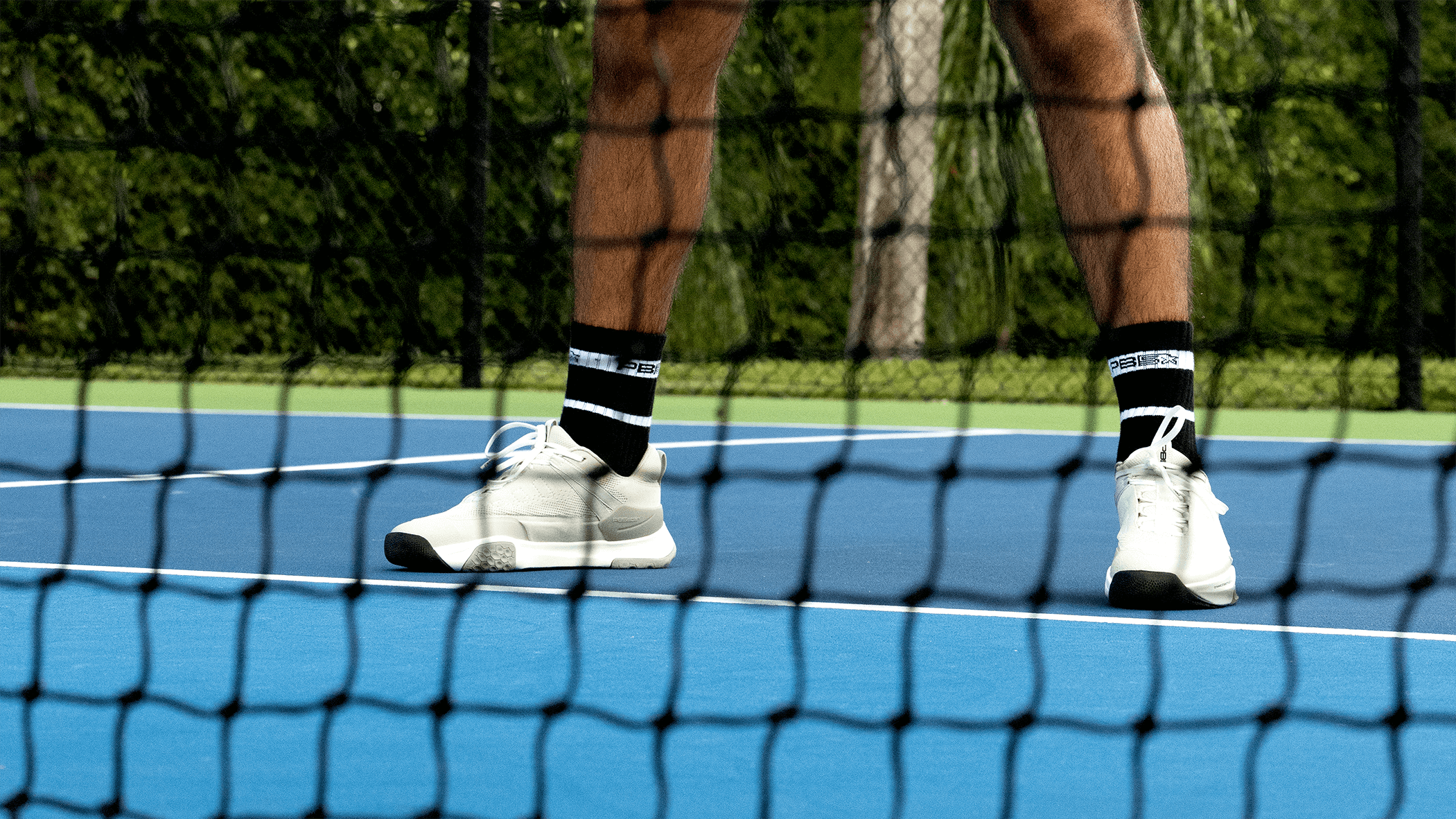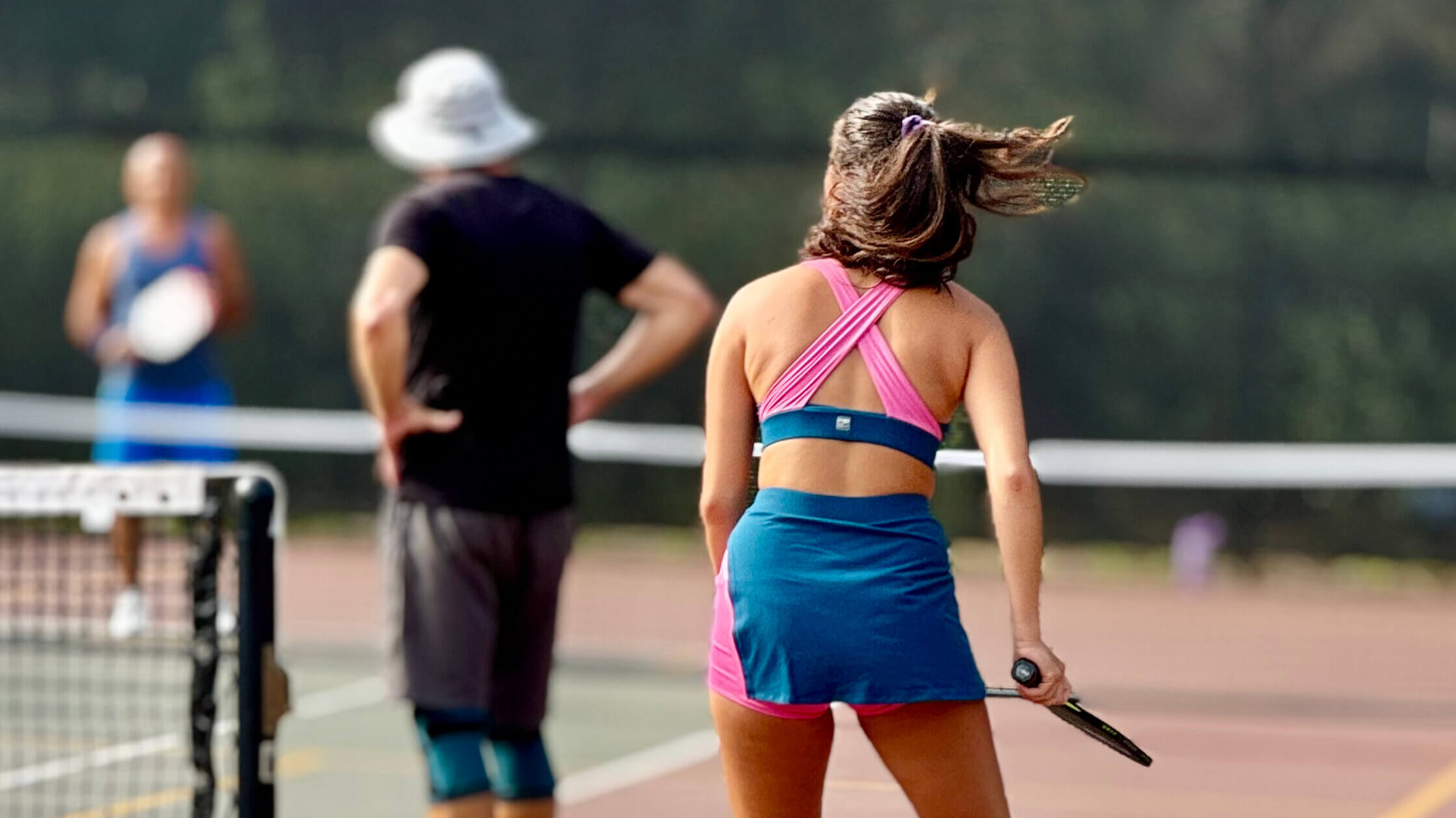Key takeaways:
Mastering spin on your pickleball serve can significantly enhance your game, making your serves unpredictable and challenging for opponents.
Understanding and practicing the basics of topspin, backspin, and sidespin can give you a strategic edge, leading to more aces and improved performance.
Using high-quality PB5star gear specifically designed for spin control can elevate your serve consistency and precision.
Watching a pro player deliver a serve that curves, skips, or drops unexpectedly is always impressive. That’s the power of spin. A well-placed spin can cause the ball to bounce in unpredictable ways—sometimes jumping several inches off its expected path—making it tough for your opponent to return. It’s a smart and effective technique that becomes more valuable as you level up your game.
Players like Morgan Evans have used spin to their advantage, scoring dozens of aces in a single match. When done right, spin adds variety to your serve, keeps your opponents guessing, and gives you a solid edge from the very first shot.
Now that we’ve covered the impact of spin, let’s take a closer look at how to use it. We’ll also share tips on avoiding common mistakes and choosing the right paddle. At PB5star, we’re here to help you get the most out of your game with gear designed for control, consistency, and confidence. Let’s dive in.
Can you put spin on a pickleball serve?
Adding spin to your serve is a great way to gain an edge in pickleball. It changes how the ball travels through the air and how it bounces, making it harder for your opponent to predict or return. When used well, spin can turn a simple serve into a real challenge, sometimes even earning you those clean, untouched points we all aim for.
There are three main types of spin in pickleball: topspin, backspin, and sidespin. Each type of spin adds something different to your game and can throw off your opponent’s timing and positioning.
Topspin is created when you brush up on the back of the ball, making it drop quickly after clearing the net.
Backspin is the opposite—you hit down on the ball, causing it to float a bit before dropping sharply.
Sidespin comes from hitting the ball off-center, which makes it curve during flight.
Spin affects the way the ball moves and reacts when it hits the court. Pickleball balls have holes that influence their flight, helping you control the spin more effectively. Once you get the hang of it, spin becomes a valuable tool for keeping your serves varied and unpredictable.
How to add spin to your serve
Adding spin to your serve is a great way to mix things up and keep your opponent guessing. With a little practice, spin can turn a basic serve into a real advantage. The key is to focus on three main elements: your grip, paddle angle, and wrist movement. Each type of spin—topspin, backspin, and sidespin—uses a slightly different approach, but once you understand the basics, you’ll be able to experiment and find what works best for you.
Adding topspin to your serve
Topspin can add pace and control to your serve, making it harder for your opponent to return. It helps the ball dip quickly after crossing the net, often catching opponents off guard. Here’s how to add topspin to your serve:
Grip: Use a continental grip, holding the paddle like you're shaking hands with it. This gives you the wrist movement needed for spin.
Stance: Keep your non-dominant foot forward. For right-handed players, that means your left foot is in front.
Swing path: Swing from low to high. Start with your paddle below the ball and brush up along the back of it.
Contact point: Aim to hit just below the center of the ball. Picture brushing a line from the bottom to the top.
Follow-through: Finish your swing high, as if you’re reaching up toward a shelf.
Wrist action: Add a light wrist snap upward at contact to help create more topspin.
Topspin causes the ball to drop faster, thanks to what's known as the Magnus Effect. That quick dip can throw off your opponent’s timing and make your serves harder to read. Practice this serve regularly, and you'll notice a big improvement in both control and placement.
PB5star’s Control paddle is built to support spin-friendly techniques, helping you get the feel and response you need. Practicing with your local group or fellow PB5star players is a great way to improve together.
Adding backspin to your serve
Backspin gives your serve a slower, floating feel that can cause the ball to drop quickly after crossing the net. It’s a great tool to throw off your opponent’s rhythm. Here’s how to add backspin to your serve:
Grip: Use a balanced grip that’s firm enough for control but flexible enough to allow wrist movement.
Paddle angle: Tilt your paddle back slightly, around 15 to 30 degrees.
Swing path: Start your swing high and move downward, brushing from the top to the bottom of the ball.
Wrist action: Flick your wrist downward as you make contact to enhance the spin.
Follow-through: Finish your swing low, toward the ground.
Keep it legal: Make sure your serve has an upward arc and is hit below waist level.
Backspin can be tough to return, especially when used as a change of pace. With practice, you’ll be able to use it to set the tone of the rally.
Adding sidespin to your serve
Sidespin adds a curve to your serve, making it tricky for your opponent to judge where the ball will bounce. Here’s how to add it to your game:
Grip: Use a relaxed continental grip for better wrist movement.
Stance: Stand sideways to the net, with your non-dominant shoulder facing your target.
Paddle angle: Tilt your paddle slightly at contact. If you’re right-handed, angle it left for a rightward curve, or right for a leftward curve.
Swing path: Start low and swing up and across your body, brushing the side of the ball.
Wrist movement: As you hit the ball, rotate your wrist sideways to increase the spin.
Stay within the rules: Make sure your paddle stays below your waist and your wrist doesn’t rise above the paddle.
It takes time to master, but sidespin serves can really add variety to your game. Pair your paddle with PB5 Court2 shoes for solid traction and support during quick shifts and directional changes.
Common mistakes and how to fix them
Learning to add spin to your serve takes time, and it’s normal to run into a few challenges along the way. With a little patience and consistent practice, you’ll start seeing real progress. Here are some common mistakes and a few easy ways to fix them:
Incorrect paddle angle: Getting the right paddle angle can be tough at first. Try practicing with a friend and give each other feedback on your paddle positioning. It’s a simple way to stay on track and make practice more enjoyable.
Stiff wrist movement: A tight wrist can limit the amount of spin you create. Try shadow-serving without a ball to focus on keeping your wrist relaxed and your motion smooth. Recording yourself and watching the replay can help you catch what needs adjusting.
Too much spin: Overdoing spin can backfire, especially against more experienced players. It helps to mix in flat serves now and then to keep your opponent guessing. Try out different types during casual games to find the right balance.
Inconsistent contact point: Hitting the ball in the same spot on your paddle every time takes practice. Set up a small target on a wall or net and turn serve practice into a fun accuracy challenge with a friend.
Skipping the follow-through: A solid follow-through is key to creating an effective spin. If you’re cutting your motion short, try filming your serve and watching for areas where your swing might stop too early.
Spin into action: Your path to serving success
Now that you’ve got the basics of topspin, backspin, and sidespin down, it’s time to take those skills onto the court. Adding spin to your serve gives you more variety and control, keeping your opponents guessing and opening the door for more winning shots. As you keep practicing, you’ll start to notice real changes in how you approach the game—and how your opponents respond. Spin can create new angles, change the pace, and lead to more aces and momentum-shifting plays.
We’d love to hear how your spin journey is going. Share your progress, tips, or even a few challenges with the PB5star community. Whether you’re trying out a new spin for the first time or fine-tuning your serve placement, your experiences can help others grow too.







